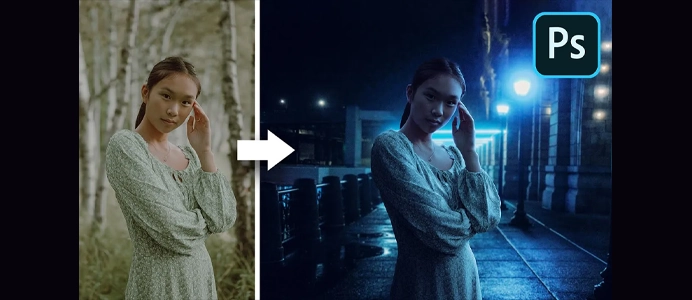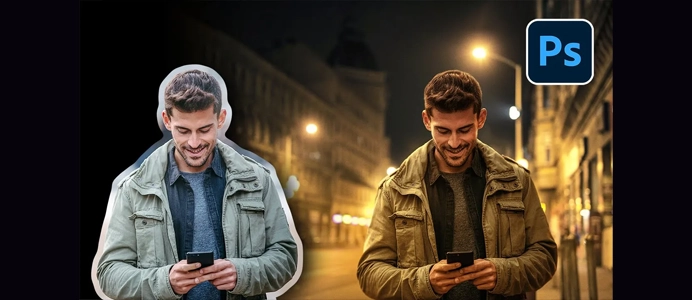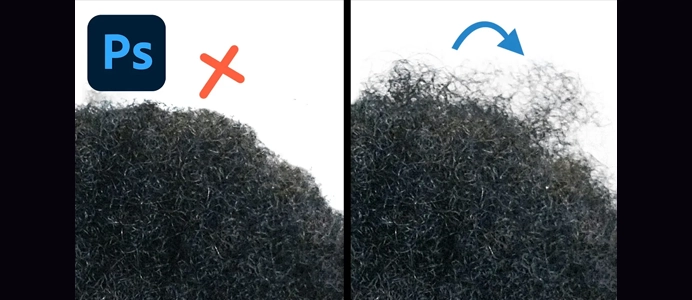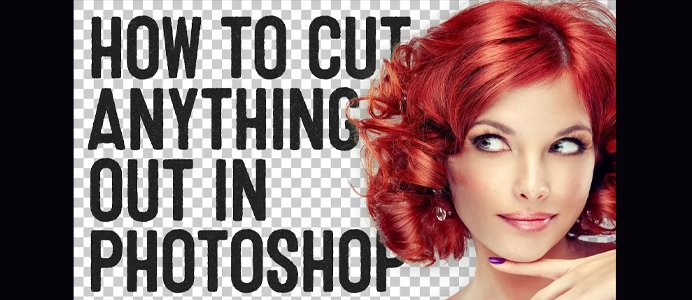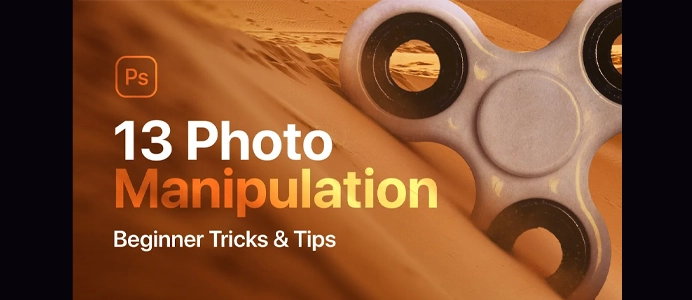How To Add REALISTIC Highlights in Photoshop
How To Add REALISTIC Highlights in Photoshop. Adding realistic highlights in Photoshop involves using various techniques to mimic the play of light on surfaces. Whether you’re enhancing highlights on a portrait, object, or any other element, here’s a step-by-step guide:
1: Enhancing Existing Highlights
- Open Your Image:
- Launch Photoshop and open the image you want to work on.
- Duplicate the Layer:
- Right-click on the background layer in the Layers panel and choose “Duplicate Layer.” This allows you to work on a copy, preserving the original.
- Adjust Highlights with Levels:
- Go to
Image > Adjustments > Levelsand move the highlight slider (white triangle) to the left to brighten existing highlights. Adjust the midtones and shadows if necessary.
- Go to
- Blend If Technique:
- Double-click on the duplicated layer to open the Layer Style dialog. Under “Blend If,” hold down the Alt key (Option key on Mac) and split the white slider to control the blending of highlights. This allows for a subtle adjustment.
- Add a Curves Adjustment Layer:
- Create a Curves adjustment layer (
Layer > New Adjustment Layer > Curves) and tweak the curve to enhance or reduce highlights. You can create an S-curve to add contrast.
- Create a Curves adjustment layer (
2: Painting Realistic Highlights
- Create a New Layer:
- Create a new layer on top of your image.
- Select the Brush Tool:
- Choose the Brush tool (B) and set the foreground color to white.
- Adjust Brush Settings:
- Adjust the brush size, hardness, and opacity based on the area you’re working on. A soft brush with reduced opacity often works well.
- Paint Highlights:
- Paint over the areas where you want to add highlights. Use light strokes and build up the highlights gradually for a more realistic effect.
- Adjust Layer Blend Mode:
- Change the blend mode of the painted highlights layer to “Overlay” or “Soft Light” to blend them with the underlying image.
- Reduce Opacity if Needed:
- If the highlights appear too strong, reduce the opacity of the painted highlights layer until they look more natural.
3: Dodge Tool
- Select the Dodge Tool:
- Choose the Dodge tool from the toolbar. It’s often located with the Burn and Sponge tools.
- Adjust Tool Settings:
- In the toolbar at the top, set the Range to “Highlights” and Exposure to a low percentage (e.g., 10%). This controls the intensity of the tool.
- Paint over Highlights:
- Paint over the existing highlights in your image. The Dodge tool selectively brightens the highlighted areas.
- Repeat as Needed:
- Adjust the exposure and brush size as needed, and repeat the process until you achieve the desired highlight intensity.
Tips for Realistic Highlights:
- Study Real-Life Highlights:
- Look at reference images to understand how light interacts with surfaces in real life.
- Consider Light Source:
- Understand the direction and quality of the light source in your image. Highlights are more prominent where light directly hits an object.
- Use Soft Brushes:
- Soft brushes help create smooth transitions between highlights and shadows.
- Experiment with Blend Modes:
- Try different blend modes for layers containing painted or adjusted highlights to find the most natural look.
- Adjust Opacity Gradually:
- Gradually adjust the opacity of layers or adjustments to avoid overdoing the highlights.
Remember that the key to realistic highlights is subtlety and observation. Take your time to refine the effect until it looks natural and enhances the overall appearance of your image.




